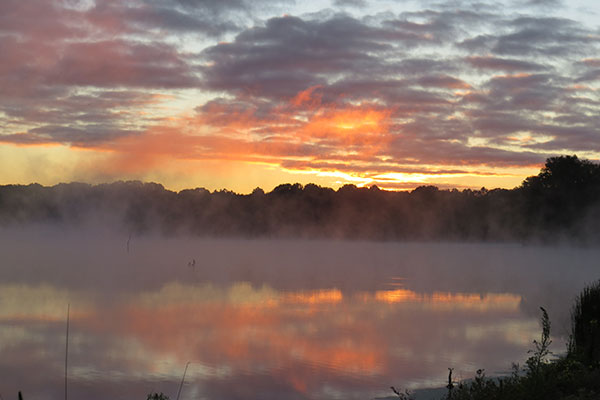Muscatatuck NWR
Muscatatuck National Wildlife Refuge was established in 1966 from 7,802 acres of wet ground in Jackson and Jennings counties in south-central Indiana. The refuge is a diverse mix of wetlands, forest, and grasslands that provides habitat for many declining species of wildlife. For more information check out the refuge website at the above link, email Muscatatuck@fws.gov or call 812-522-4352
The refuge is open to visitors seven days a week from one hour before sunrise to one hour after sunset and receives over 200,000 visits per year. A four-mile Auto Tour loops through the center of the refuge and is very popular with wildlife watchers and photographers. You can access an Auto Tour guide by clicking on the above link. A Refuge Map is also available for download. You can also check out the refuge Facebook page for the latest wildlife sightings and event information.

|
 ;
; 
 Home / MWS
Home / MWS
 Muscatatuck NWR
Muscatatuck NWR

 Nature Store
Nature Store
 Projects
Projects
 Calendar of Events
Calendar of Events
 ;
; 
 Home / MWS
Home / MWS
 Muscatatuck NWR
Muscatatuck NWR

 Nature Store
Nature Store
 Projects
Projects
 Calendar of Events
Calendar of Events